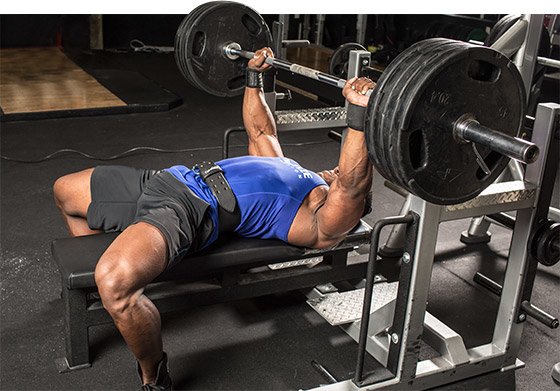INJURY PREVENTION Via Proper Training Preparation (warm-up)
Injury prevention is an ambiguous term. What does it mean exactly? It often depends on who you ask. One person may say proper movement mechanics. Another would say doing “corrective exercise” does it. And another may say something like “avoid the activities or movements that increase risk of injury”. Anyway, my take on the subject is that it is a combination of many things but what you need to understand is that some injuries cannot be prevented no matter is done in training and in competition; it is part of the game. The key is to decrease the likelihood and the severity of injury.
“Proper technique and movement mechanics” are always a must when training, performing and competing so I will not include it on this list because it goes without saying. Here is one essential aspect of injury prevention, which can go a long way: smart training preparation (warm-up).
Proper Training Preparation (Warm-up)
The first step of a successful and safe workout is proper training preparation. If your idea of a good warm-up is just simply jumping on a treadmill or elliptical and getting straight into it, you’re likely missing a few important parts of the picture. “Getting warm” by doing this kind of activity is an important component but the warm-up must include more specific movements and exercises to prepare the body for a training session, especially an intense one. Here a comprehensive warm-up divided into 5 parts:
1) Foam Rolling/Trigger Point Release
2) Physiological Warm-up – actual warming of muscle tissue and internal core temperature
3) Joint Mobility/Correctives (if needed) – mobilizing joints and improving deficient movement for the next step (movement preparation)
4) Activation (band glute activation, neural [quick feet])
5) Movement Preparation – general to more specific movement drills to prep for the workout/activity
Sample Warm-up (approx. 10-12 min)
Foam Roll (3-4 muscle groups) (2-3 min)
Jump rope, light machine-based such as elliptical, treadmill or rower (2-3 min)
Corrective – Leg Lowering (for those with tight hamstrings and/or need core activation) (2 min)
Band Glute Activation – 1 min
General Movement preparation – Pike Arch (5 reps)
Specific Movement preparation – Dowel Hip Hinge (10 reps) (to prepare for deadlift)

Leg Lowering Corrective Drill
Making a Warm-up Specific to the Workout (main lift: Deadlift)
Since the main lift in this case is the barbell deadlift, an exercise which requires sufficient posterior chain (lower back, glutes, hams, calves) mobility, the warm-up drills were specific in preparing for it. For individuals with a tight back chain, the leg lowering drill is very good for improving mobility of the hip hinge, the movement required for deadlifting. The next exercise called the Pike Arch is a mobility drill that mobilizes the whole body, especially in the typically tight areas of the body. It also happens to focus on the posterior chain musculature in a manner that links the joints in a whole body sequence. Finally, the dowel hip hinge exercise to prime the hip hinge movement in preparation for the actual deadlift exercise.
Warming-up for the Bench Press
If your main lift is the bench press then the specific warm-up would be different than the deadlift since it is a completely different exercise. Perhaps a warm-up set of push-ups (1 x 5-10 reps) and glute bridges (1 x 10 reps) could be done prior since the pushing action of the push-up is akin to the bench press and the lower body posture on the bench itself is essentially a bridge while lying on a bench with tension. The tension of the lower body is crucial in the bench press, unbeknownst to many who do the bench press. Again, by the time your warm-up is complete you’ll be ready to go straight into your warm-up sets of bench press!
 Glute Bridge w/mini-band Activation
Glute Bridge w/mini-band Activation

Bench Press Position
So instead of just running or jumping on the elliptical for 10 minutes, just simply getting warm and sweaty, think about the movements you will be doing during the workout and whether or not your warm-up activity will lend itself to it. I guarantee that your deadlift (or whatever exercise you will be doing) and workout in general will improve; you’ll move better, lift more, and less likely to be injured if you follow a protocol based on movement specificity, mobility and activation compared to simply “getting warm”.
